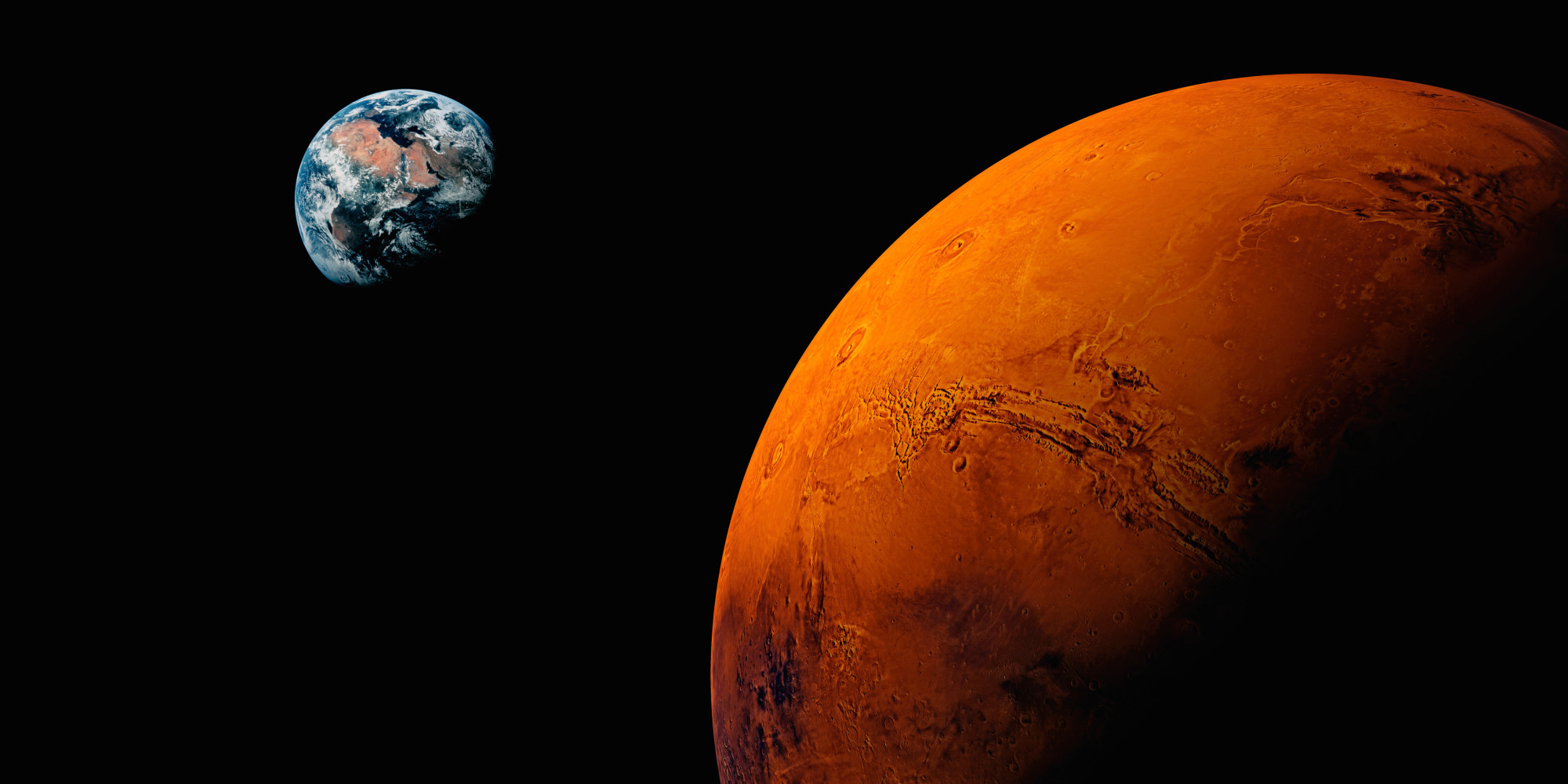Aims and overview
The need to revise the technologies on which economy is based is no longer in doubt, as the growth in fossil fuel consumption has already led to planetary observable changes in the climate. However, while the objective is clear, the solutions are not.
A vast effort is under way to develop carbon capture, utilization and storage strategies. CO2 recycling aims at transforming carbon dioxide into high value-added products, such as hydrocarbons, acids, alcohols or oxygen. In this approach, CO2 is no longer seen as a pollutant, but as a raw material to be valorized.
CO2 conversion can also play a key role in human exploration beyond Earth. CO2 is abundant in the Martian atmosphere and can be converted in-situ into carbon monoxide (CO) and oxygen (O2). Both CO and O2 can be used in a propellant mixture, while O2 can be collected and made available for breathing.
Two crucial steps in the processes of recycling and utilizing CO2, both on Earth and on Mars, are the efficient dissociation of CO2 and the separation of the conversion products. Nonthermal plasma technologies (NTP) are in an excellent position to solve these challenges.
CREATOR consists of a thorough theoretical, modelling and simulation investigation, aiming at unveiling the mechanisms underlying plasma CO2 dissociation and the plasma-surface interactions relevant for product separation in nanosecond repetitively pulsed discharges. The final goal is to identify the optimal conditions for a plasma reactor to operate for both Terrestrial and Martian CO2 recycling applications. The research is carried in collaboration with the Department of Aeronautics and Astronautics (AeroAstro) from the MIT.
CREATOR focuses on nanosecond pulsed discharges ignited in pure CO2, operating both at high (Earth) and low (Mars) pressure. The proposed research follows three main axes: investigation of the role of vibrationally and electronically excited states in the process of gas-phase CO2 dissociation at different pressures; study of plasma-surface interactions on conversion, selectivity, and activation of membranes for product separation; description of the transport of the active species to the membranes, their interaction, and self-consistently integration of the two former axes.

